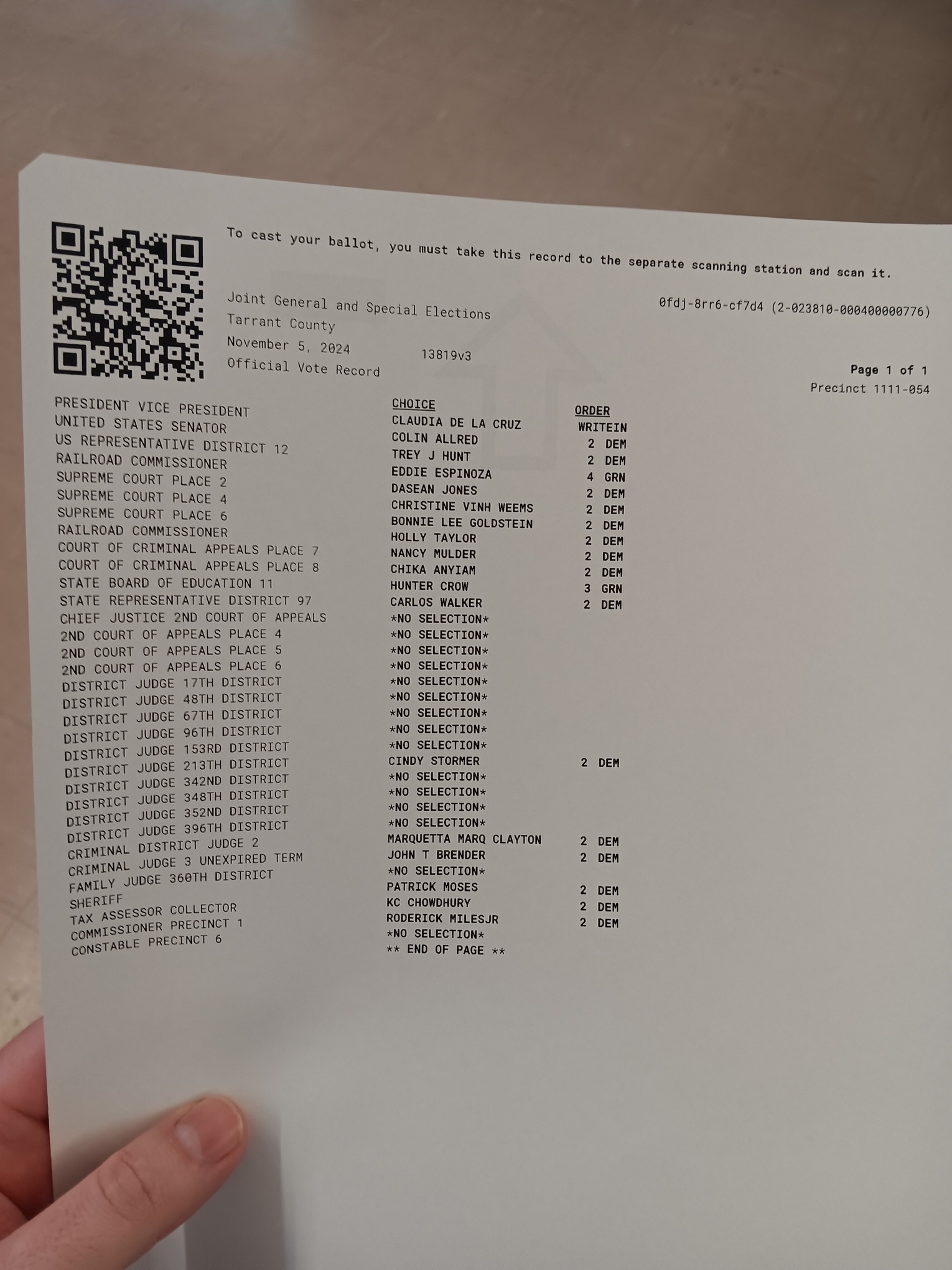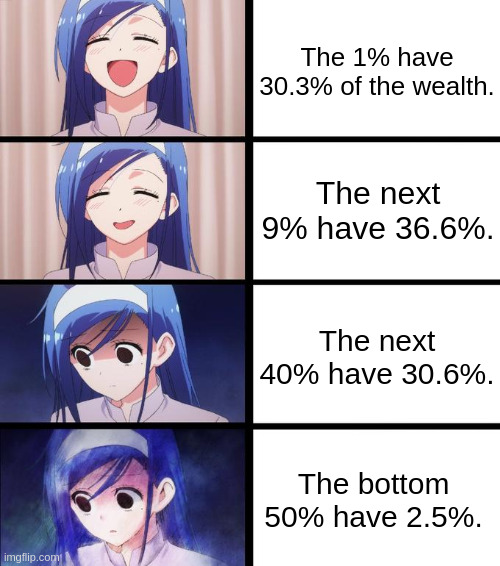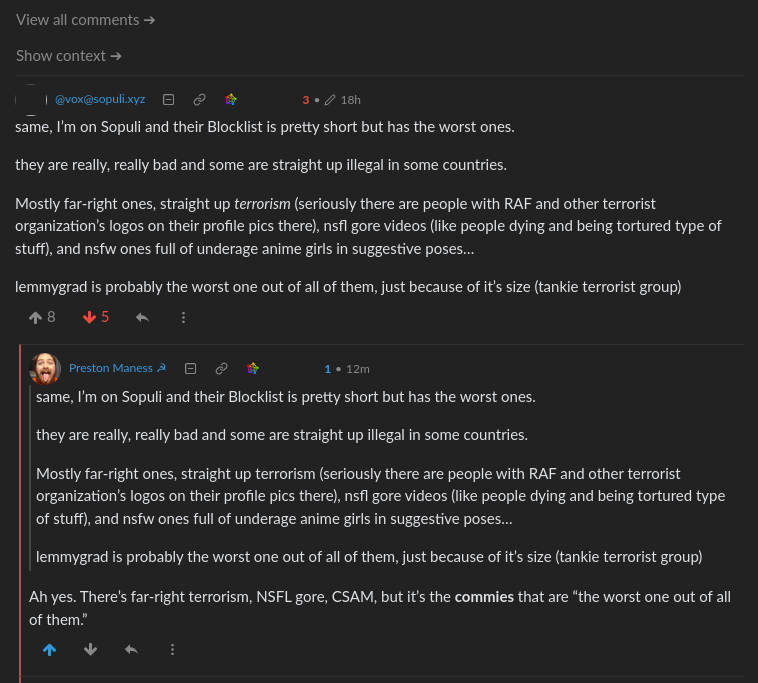If I'm going for this interpretation, then I just send the GIF.
aspensmonster
Mozilla agrees that we need to improve search competition, but the DOJ’s proposed remedies unnecessarily risk harming browser competition instead.
The only one hurting browser competition is Mozilla. They want to keep sucking at the teat of BigTech. They don't want to be a non-profit with a focused mission, constrained by recurring and one-off revenues. They want to be an adtech company, bUt wiTH pRivAcY. The judge should absolutely rip the band-aid off. If Mozilla sinks, it sinks.
The Thunderbird team spent a good chunk of time a few days ago replying everywhere they were mentioned on Mastodon, insisting that the problems did not apply to them:
The Firefox Terms of Use do not apply to Thunderbird or any other products we develop (e.g. Appointment, K-9 Mail)
You can check out their replies here: https://mastodon.online/@thunderbird/with_replies. Lots of the same, or similar, verbiage across replies.
Support for Ukraine is a foregone conclusion generally
The libs are losing their minds right now in the fallout of the Trump-Zelensky meeting. It's what no materialism does to a political ideology.
Every manufactured product, from toasters and automobiles to ballistic missiles, runs on computer chips. The United States invented the integrated circuit but now fabricates just 12 percent of the world’s chips, and none of the most advanced versions.
As a dude that got a BS in Computer Engineering only to give up on the industry, yeah. That tracks. AMD and Intel were like "got a PhD and post-doc work? No? Maybe go fuck yourself, work in verification/validation for a decade at 40k/year, and then maybe we'll consider you." So I said "oh well" and wrote code instead. If I could tell my decade-younger self one thing, it'd be: Learn Chinese.
China diverts doomsday asteroid... to maintain its big panda paw's grip on the world's rare earth mineral supplies. Don't look up!
Dedicate no more than two or three replies unless you're absolutely sure that the person is engaging in good faith. The single biggest tip-off that they are not is that they do not engage with the core of your case, and instead do any number of other things: (1) snipe at edge cases or other minutea (2) change the subject (3) move the goalposts (4) etc.
I.e., you didn't create the @claymore username for the bit a few hours ago. You're legit @claymore.
Joined 2 years ago








I think it's telling that, 30 years since the Cold War's conclusion, news outlets are still steering clear of describing what the war was actually fighting against: socialism. The statute was developed during the second Red Scare and was an outgrowth of McCarthyism, a series of anti-communist witch hunts. 30 years later, the mass media are still Inventing Reality.